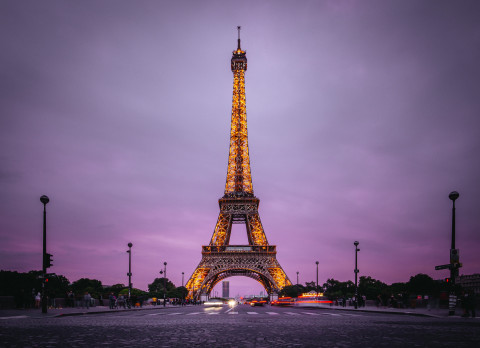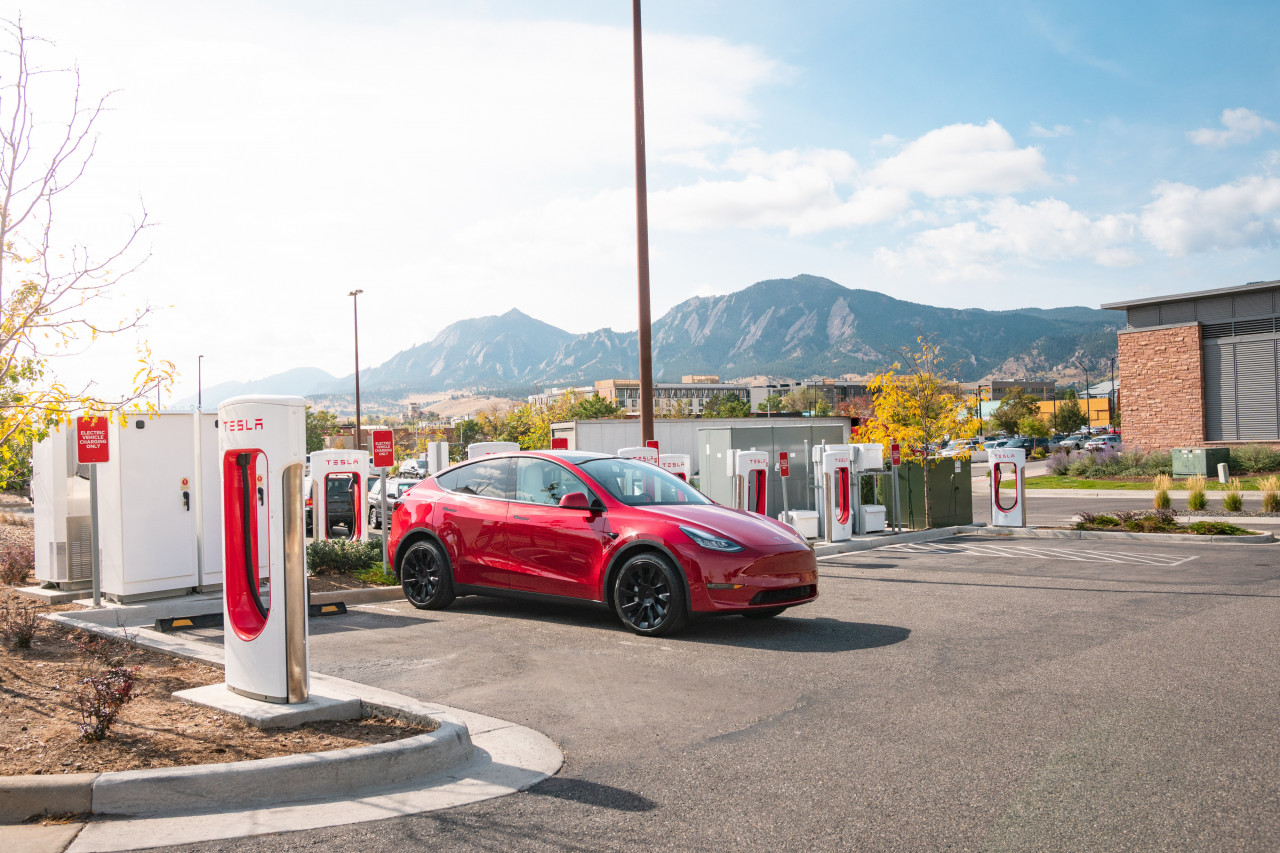Well distributed and easy-to-access charging networks will be a vital factor for faster adoption of e-mobility. The networks need to provide fast, reliable and sustainable charging to enable seamless travel while assuaging range anxiety concerns. This series by Gurusharan Dillon* looks at the global market situation to glean insights into how charging ecosystems are developing across the world.
In October 2022, Tesla started reaching out to non-Tesla owners by releasing a Level 2 home charger that works with non-Tesla vehicles. Soon after (November 2022), Tesla launched an initiative to make its NACS (North American Charging Standard) port, the national EV charging standard, published its manufacturing specifications and openly invited competing automakers to adopt NACS standard.
Parallelly, Tesla was in discussions with specific OEMs and in May 2023, Ford announced that starting 2024, Ford EV customers will be able to access Tesla Superchargers across US and Canada. Soon after, Marry Barra, CEO of General Motors also announced that GM will make Tesla NACS open-source connector standard in all GM EVs from 2025.
Existing Ford and GM EV owners do not need to upgrade their vehicles to use Tesla's chargers and can utilize an adapter to make their vehicles compatible with Tesla Superchargers. Additionally, GM also plans on developing an adapter that will allow future NACS-enabled EVs to charge at its existing network of CSS-capable fast charging stations.
Close behind Ford &and GM, other carmakers like Honda, Rivian, Volvo, Polestar, Nissan, Mercedes-Benz, Jaguar, Hyundai, KIA and Fisker have announced their intention to apply standardized Tesla NACS connectors on their future cars, however implementation timelines for some of these companies are yet to be clearly defined.
What motivated Tesla to open access to its Supercharger network, a clear differentiator, to its competitors is a compelling question. Well for one, open access to its Supercharger network allows Tesla to access the $7.5 billion federal funding for charging infrastructure. With states like Texas and Washington approving initiatives mandating charging stations to be equipped with Tesla's NACS connector to get access to over $400 million in subsidies.
There could be a concern from the point of view of existing Tesla owners so far habituated to easy anytime access to the Supercharger network, and on how they would feel on finding all charging equipment at a Tesla Supercharger station being used by non-Tesla owners.
Tesla believes that more customers using the Supercharger network will enable faster adoption and expansion of e-mobility. Its ambition to open Tesla Supercharger network to non-Tesla EVs is intended to boost the overall availability of charging locations and encourage more drivers to opt for an electric vehicle, with US government funding an added bonus.
So how does Tesla plan to facilitate access to its Supercharger network by non-Tesla owners? For this, Tesla has retrofitted a "Magic Dock," an adapter that automatically attaches to allow other brands access its charging facilities. Non-Tesla owners need to access the Tesla app, create an account and select the Charge Your Non-Tesla option.
The immediate on ground challenge that non-Tesla owners currently face is that Tesla Supercharger parking slots have been designed only with Tesla vehicles in mind that have their charging socket located in the same spot on the back left corner of the car posing a challenge for EVs that have their charging ports located at a different point on the vehicle (The cable length of the Supercharger is a constraint)
Charging Network Joint Venture:
In a separate development, BMW Group, General Motors, Honda, Hyundai, Kia, Mercedes-Benz Group and Stellantis NV, (brands collectively representing close to 50 percent of vehicle sales in the US) have announced a joint venture to create a vehicle recharging network across North America and significantly expand access to high powered charging while gaining advantage of the subsidy program.
The alliance targets to install at least 30,000 charge points in urban and highway locations accessible to nearly any EV by offering Combined Charging System (CCS) and North American Charging Standard (NACS) connectors.
In addition to being part of the alliance, in early January 2023, Mercedes-Benz announced its intention to build its own high power charging network covering North America, Europe, China and other key markets.
Mercedes-Benz targets installing more than 10,000 ultra-rapid chargers worldwide by 2030 which is aligned with the timeline by when the company wants to be fully electric "where market conditions permit".
Trucks:
Pilot Company and Volvo Group have agreed to develop a high-performance charging network open to all battery-electric Class 8 truck brands to support fleet customers in their electrification and decarbonization journey.
EV Charging Platform:
In addition to expanding charging footprint, BMW, American Honda and Ford have taken a broader view of the charging ecosystem and are creating a single platform called Charge Scape connecting electric utilities, automakers and EV customers to help improve support grid resiliency and support V2G capabilities.
Charge Scape's platform will give electric utilities access to EV battery energy across a pool of EVs. Participating customers will potentially earn financial benefits by charging at "grid-friendly" times through flexible and managed schedules. EV users will also have opportunity for sharing energy stored in their EV batteries with the grid during times of peak demand through vehicle-to-grid (V2G) applications.
*The writer is Director of E-Mobility Consulting at Customized Energy Solutions India.

Eye on EV Charging: Europe is a market of many players and multiple alliances
Read More

